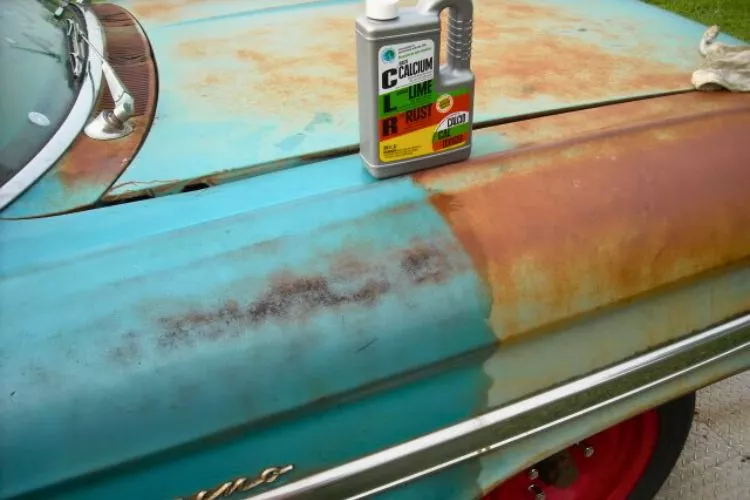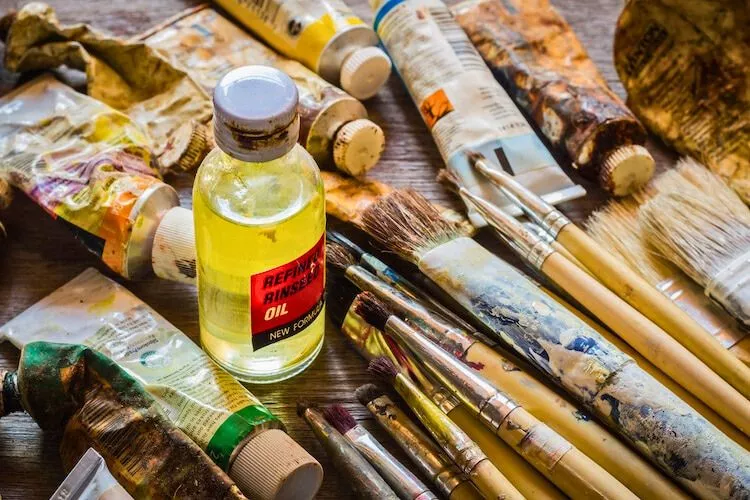Using linseed oil on car surfaces has surged in popularity in the quest for all things natural.
Many car owners wonder exactly how long does linseed oil last on a car?
This article delves into the lifespan of linseed oil, its impact on car maintenance, and unveils key factors that influence its longevity.

Get ready to enhance your understanding and potentially add a new regimen to your car care routine.
Contents
How long does linseed oil last on a car?
Linseed oil, a drying oil extracted from flax seeds, is often used as a protective coating on car surfaces. When appropriately applied, linseed oil may remain effective on your car for roughly 3 to 5 years.
The duration depends on weather conditions, UV light exposure, and application quality. Continuous maintenance and proper application can prolong its effectiveness, providing durable protection while enhancing your car’s natural beauty.
How long does linseed oil last on a car before?
Before linseed oil is applied to a car, its shelf life depends on storage conditions. Keeping in a cool, dry place and in a sealed container, linseed oil can last up to 5 years unopened.
When exposed to air, it oxidizes and forms a gelatinous substance. Once this occurs, the oil is no longer suitable for use on a car as it won’t provide the expected protective layer or shine.
How long does linseed oil last on a car after?
Once linseed oil is applied to a car, its estimated longevity is approximately 3 to 5 years, depending on variables like weather conditions, UV exposure, the quality of the application, and consistent maintenance.
Over time, the linseed oil coating may suffer from fading or fine cracks due to changing conditions, and will require re-coating to ensure continued protection and to maintain its lustrous finish.
Does linseed oil paint crack?
Yes, linseed oil paint can indeed crack over time. This usually occurs as the oil dries and the paint film hardens, leading the paint layer to shrink slightly. This shrinking can cause fine cracks, particularly when the paint is applied in thicker coats or dry environments.

However, careful application, such as priming the surface, applying multiple thin coats instead of a thick one, and maintaining proper humidity levels can help to reduce cracking.
What does boiled linseed oil do to paint?
Boiled linseed oil, combined with oil-based paint, can provide various benefits. It modifies the paint consistency, making it less dense, which is ideal for watercolor painting where thinner layers are desired.
Moreover, linseed oil can also be utilized in oil painting as a valuable carrier oil, imparting deep color and lasting paint finishes. In other applications, boiled linseed oil is used as an additive in oil-based paints to enhance the appearance of wood surfaces, protect them from elements, and condition the wood.
What are the disadvantages of linseed oil paint?
Linseed oil paint, while boasting numerous benefits, presents some challenges:
- Drying time: Linseed oil paints take longer to dry than other paints. This means they’re more susceptible to dust, debris, and smudges during drying.
- Yellowing: Linseed oil paints can develop a yellowish tint over time, especially when left in the dark or exposed to certain environmental conditions.
- Cracking and wrinkling: Improper application of linseed oil paint or exposure to harsh weather can lead to cracking or wrinkling of the paint’s surface.
- Maintenance: Regular maintenance such as re-coating, is needed to preserve their appearance.
What are the benefits of linseed oil paint?
In contrast, linseed oil paint offers several significant benefits:

- Durability: Linseed oil paints are known for their durability, making them ideal for external surfaces.
- Flexibility: Unlike other types of paints, linseed oil paints remain flexible after drying, which helps the paint adapt to the movement of the surface, reducing chances of cracking.
- Deep Penetration and Protection: The oil allows deep wood penetration, offering optimal protection against elements. It also enhances the natural grain of wood.
- Eco-friendly: Linseed oil paints are made from natural sources and are biodegradable, making them an eco-friendly alternative to synthetic paints.
Conclusion:
linseed oil is a versatile, eco-friendly alternative for protecting a car’s surface. Its effectiveness can last between 3 to 5 years, with the exact duration depending on factors such as weather, UV exposure, and application quality.
Although linseed oil paint may require periodic re-coating and face some challenges like yellowing and cracking, its benefits of durability, flexibility, and deep penetrating protection make it a valuable option for car owners seeking an environmentally friendly solution.


